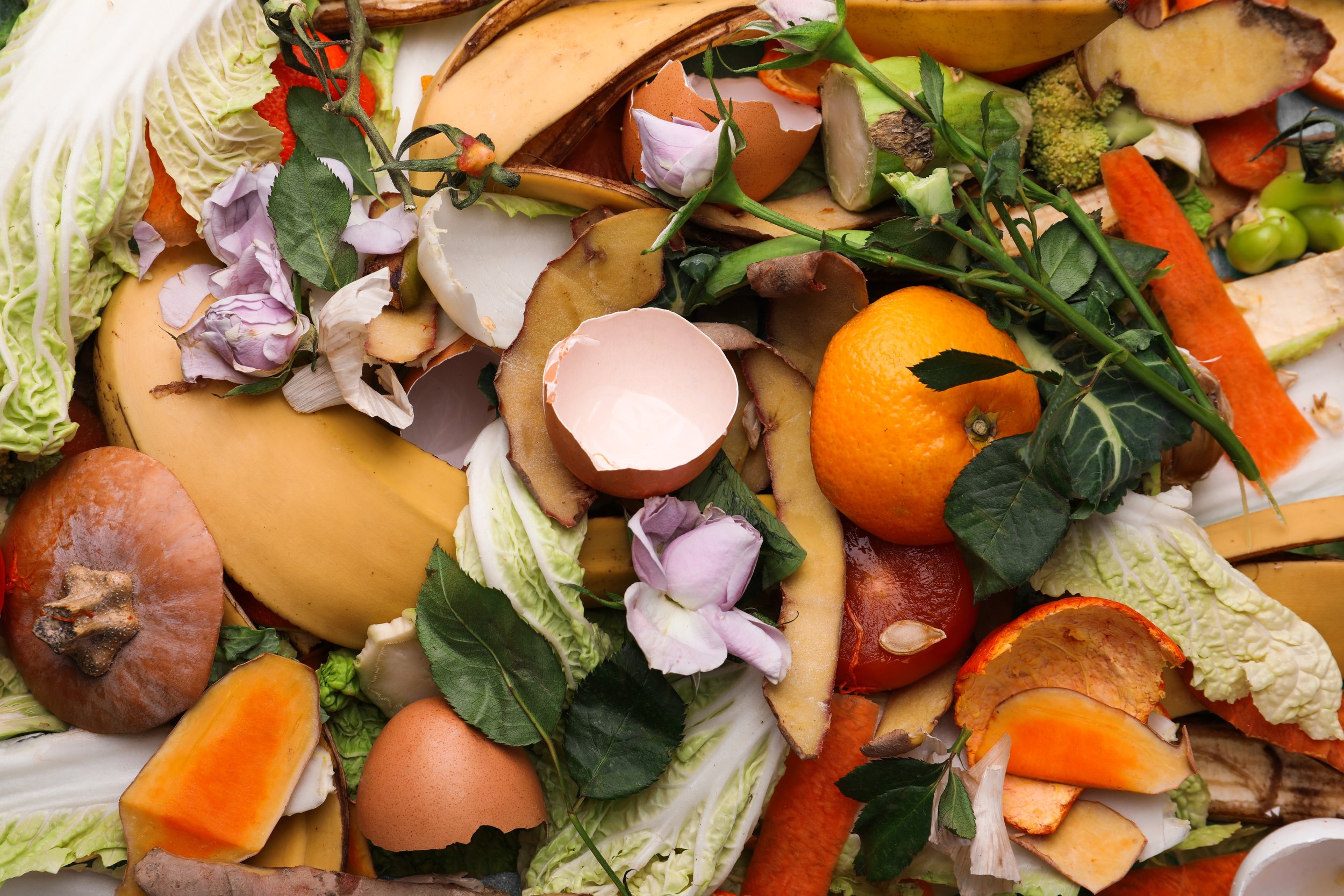Sprout
Compost and grow in one
This composter addresses the critical issue of food waste in the United States, which accounts for 24.1% of landfill content in the U.S., with each individual generating approximately 350 pounds annually. Designed specifically for single-person households in compact living spaces, this composter integrates attachable planters along its exterior, providing a convenient solution for compost use.
By turning food waste into a resource for growing herbs or small plants, it allows users to seamlessly cycle organic material back into their living environments, reinforcing the impact of individual actions in reducing waste.
Project Intention
A single person on average generates about 5 pounds of compostable food waste weekly. Effective management of aeration, temperature, and moisture can expedite composting, however, many compact composters on the market consume excessive energy, undermining their environmental benefits. Energy-efficient composters are often larger and less suitable for small spaces. Additionally, urban residents face challenges in effectively utilizing the compost they create.
Objective: Create a single user energy-efficient composter that supports a more sustainable circular composting system.
Research
Composting 101
Not all food items can be composted. Using the right mix of nitrogen-rich greens, such as fruit and vegetable scraps, and carbon-rich browns, like dried leaves and used paper towels, can speed up composting by promoting faster breakdown and nutrient cycling.
Compostable waste:
Fruit and vegetable scraps
Egg, peanut and nut shells
Stalks, stems and vines
Coffee grounds and filters, tea bags
Garden clippings
Leaves
Rice and grains
Aeration:
Aerobic bacteria grow well in environments with plenty of oxygen, which helps decompose materials faster.
Non-compostable:
Meat & fish
Dairy
Oil & butter
Cooked food with oil, dairy or butter
Bones
Essential Factors for Rapid Composting
Temperature:
Higher temperatures (between 130°F and 160°F) boost microbial activity and help eliminate harmful germs that ruin compost.
Moisture level:
Composting materials should be moist—around 50-60% moisture but not wet. Too much moisture can cause a lack of oxygen, while too little can slow down the decomposition process.
Balancing food waste material:
An ideal ratio where carbon-rich materials (browns like dried leaves, paper towels) balance nitrogen-rich materials (greens like food scraps).
Market Analysis
Benchmarking analysis identified an opportunity for a compact, energy-efficient indoor composter. While some models on the market use low energy, none provide a practical application for the compost post-production.
High energy usage
Compact
Large
Low energy usage
Ideation
The Sprout Composter
How it works:
The composter features a countertop box designed for easy filling with food waste. Once sealed and returned to the unit, it shreds the scraps and utilizes temperature control and aeration to accelerate the composting process, resulting in nutrient-rich compost in approximately one week. The compost can be harvested into attached planters for growing herbs, and any excess can be donated to local gardens, promoting sustainability within the community.
What’s Inside?
Once the countertop composter’s container is full, it’s sealed and locked before being placed back into the main unit. A battery then powers an initial blend and chop cycle, reducing the food scraps to smaller compostable pieces. The battery also heats the container to an optimal composting temperature, insulation helps maintain this heat, accelerating the composting process efficiently and reducing energy use.
Manual Aeration for Energy Efficiency
When the indicator light signals yellow, aeration is needed. A bottom twist wheel can be pulled down and manually rotated to turn the internal blades. This action aerates the compost, ensuring oxygen reaches the materials to support effective decomposition.









